

Train station for China Town
MM subway line Motomachi-Chukagai Station. 3/5 min. walk from JR Ishikawacho Station, Chukagai exit.
One of the most exciting places in Tokyo – Yokohama China Town


- World-class China town with a history of 160 years
- Over 500 Chinese restaurants, food shops and souvenir shops
- Ten Chinese-style gates based on Chinese feng shui theory
- Kantei Mausoleum which enshrines Guan-yu, a god of business
- Yokohama Ma Zu Miao, enshrines Ma Zu for marine safety
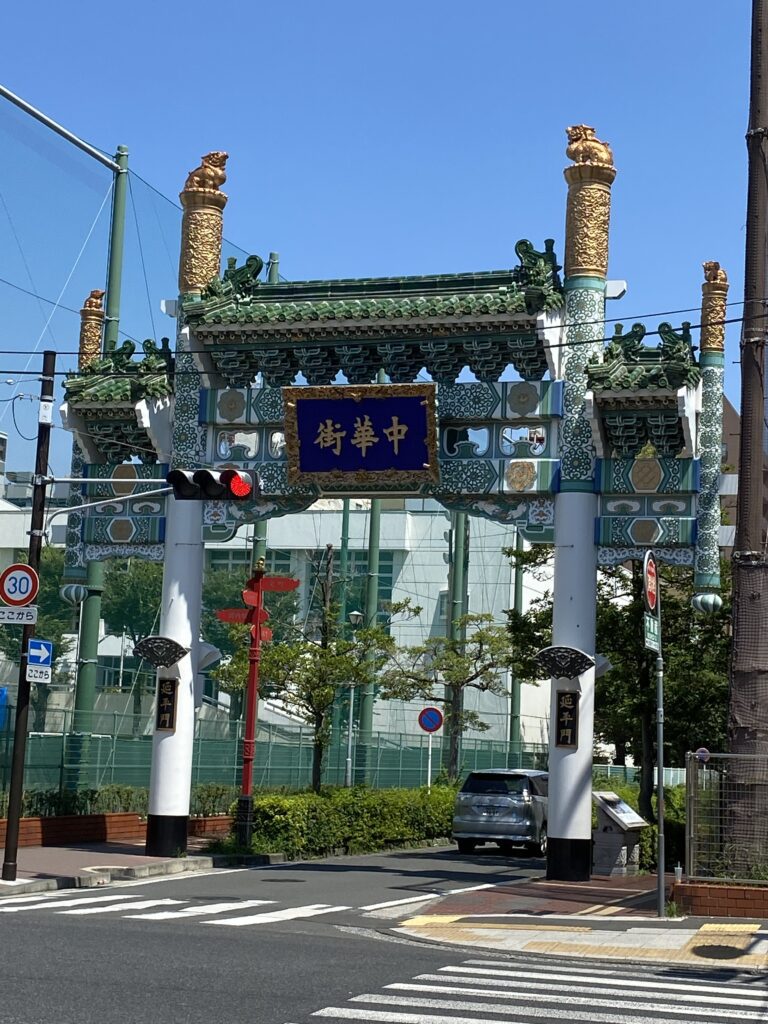
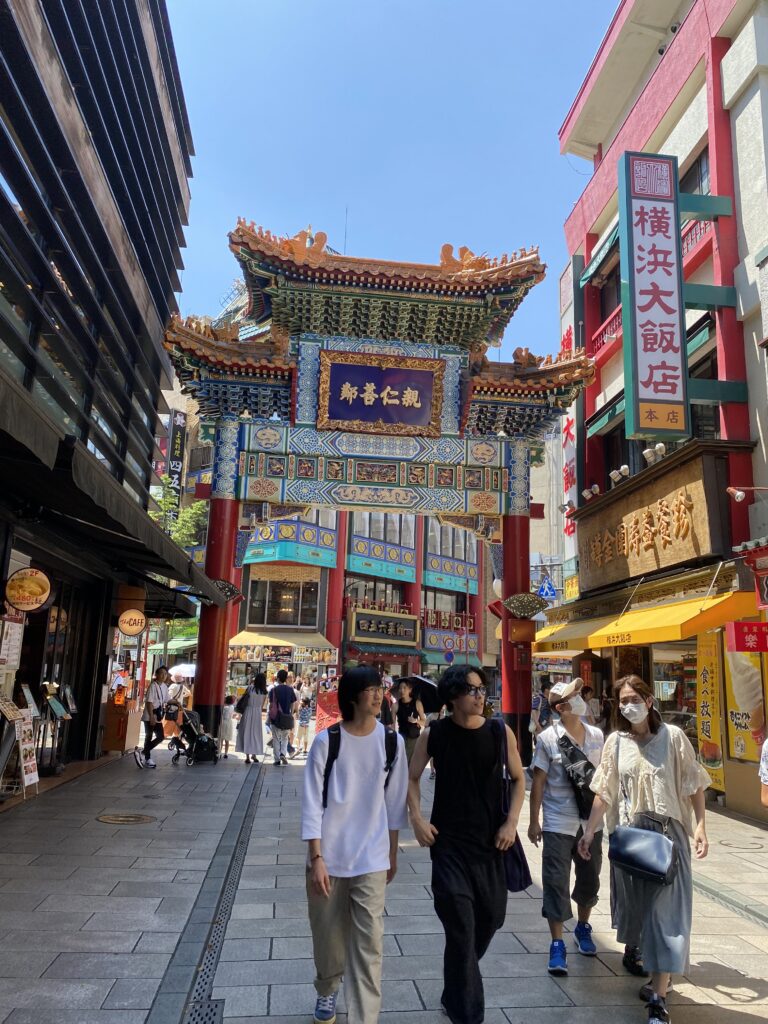
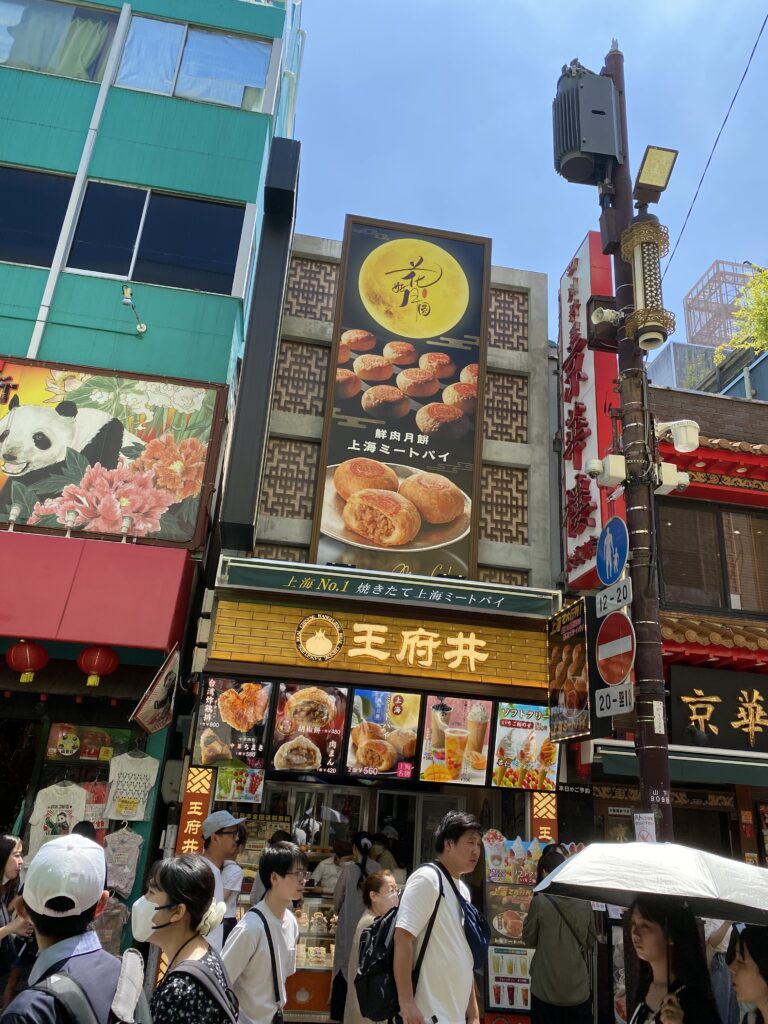
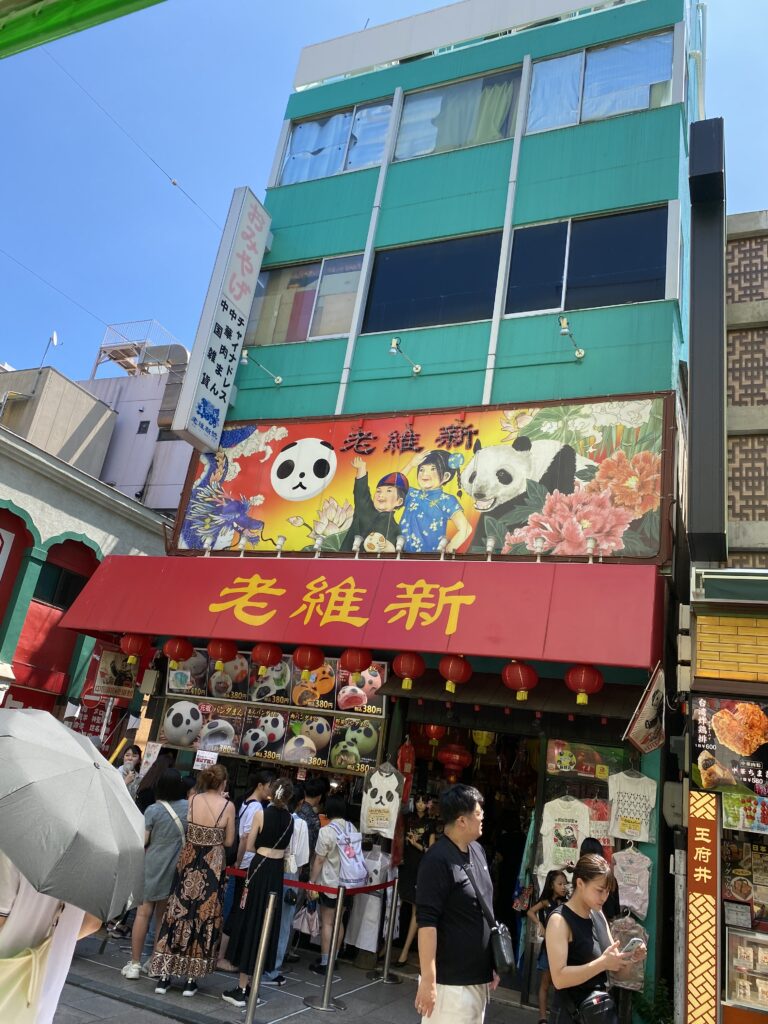
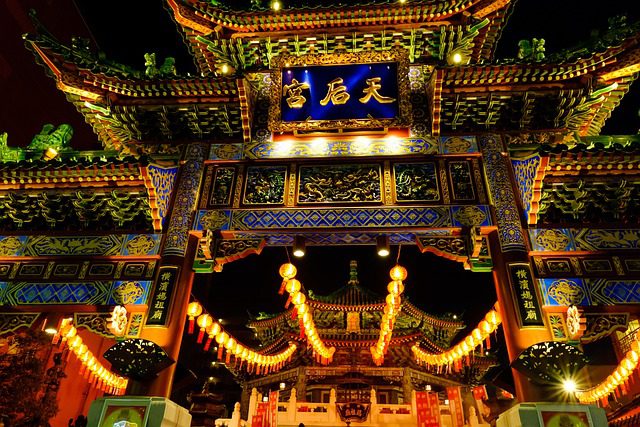

Yokohama Chinatown
In 1859, Yokohama Port became one of the first ports to be opened to international trade after Japan’s two centuries of isolation. This Chinatown was established soon afterwards, and remains Japan’s largest today.
Japan has three, relatively large Chinatowns (中華街, Chūkagai): Yokohama, Nagasaki and Kobe; all of which originated as residential areas of Chinese merchants, who settled around the ports when they were first opened to foreign trade, after the end of Japan’s era of seclusion in the late 1800s or earlier.
Yokohama Chinatown is Japan’s, and Asia’s, largest and it is about an hour away from central Tokyo. This Chinatown has about 3,000-4,000 residents, most of which are descendants of immigrants; so not all of them can speak Chinese.
The Chinese people is the largest foreign minority in Japan. China and Japan has a history that goes back a long way. Therefore, it’s not a surprise that there are a number of Chinatowns in Japan. All these are in port cities such as Yokohama, Nagasaki, and Kobe.
The port of Yokohama was one of the first Japanese ports to open to foreign trade in 1859 and Yokohama Chinatown quickly developed. It became the residence of many Chinese traders who settled down in the city. However, today, there are more businesses than actual residents living in the area.
This Chinatown also has two temples: Kanteibyo and Masobyo. Kanteibyo (or Guan Di Miao in Chinese) is dedicated to Guan Yu, a famous historical figure from China’s Three Kingdoms Period who came to be worshipped as Guan Di, a god of war and justice. Masobyo (or Ma Zu Miao in Chinese) is for devotees of Mazu, the goddess of the sea. Both temples are very elaborately designed and imposing, with beautiful and intricate patterns all over.
Getting There
The closest station to Yokohama Chinatown is Motomachi-Chukagai on the Minatomirai Line. The Fukutoshin Line and Tokyu Toyoko Line are connected to it, so you can easily take a train to Chinatown from Ikebukuro or Shibuya. Ishikawacho Station on the Keihin-Tohoku Line is also a short walk away from Chinatown. Chinatown has 4 main gates, each painted with a different color and representing a different season, and 6 smaller gates. The East Gate, Choyo-mon, is closest to Motomachi-Chukagai Station, while the West Gate, Enpei-mon, is closer to Ishikawacho.
One word to describe Yokohama China Town – Atmosphere!
WHAT TO EXPECT
A lot!
Breathtaking Architecture
Yokohama Chinatown, outstrips almost all Chinatowns in terms of its style and aesthetics. The beautiful, dazzling Kanteibyo and Mosobyo temples are examples of the breadth of Chinese design and architecture. Admire the city’s Chinese gates and visit the main temples.
When to visit Yokohama Chinatown: Any time! However, one of the best times to visit is when the sun begins to set. There you can spend the evening exploring the area once all the lights are on and the restaurants start to fill up. It is an amazing sight!
Sumptuous Food & Delicious Snacks
Local cuisines: Everywhere you go, you’ll see Chinese restaurants. Many restaurants have an all-you-can-eat course. While some impose a time limit, some restaurants don’t.
On the menu are plenty of hearty dishes: various types of dim sum, meat dishes, vegetables, fish and soup. Whatever you desire to eat, it is there!
Try the snacks and street foods! They are too good to pass up. Wander along the streets as the smell of the food wafts through the streets, making the food too tempting to pass up. Enjoy large steamy nikuman (meat buns), shumai (pork dumplings), dim sum, shouronbou (the Japanese term for xiaolongbao, steamed buns with soup inside), tea, fried sesame balls, egg tarts, and panda-shaped sweets. Try the goma dango, a uniquely Chinese-Japanese hybrid sweet, about the size of a ping pong ball. It’s a take on dango mochi, aka rice cakes, filled with red bean paste, fried and covered in sesame seeds.
Chinatown has so much food to offer that you’ll probably want to try everything!
Shopping
Chinatown is a good place to shop if you are looking for something Chinese-related such as: traditional clothing like the qipao, charms, lanterns, incense, medicine, spices & seasonings, panda memorabilia, jewelry, and more. Some shops also have fruits that are less commonly found in Japan. You can get lost wandering around Chinatown, as the streets and alleys are winding and numerous, and you might have trouble distinguishing one area from another!
Festivals
Lunar New Year – Chinatown’s biggest celebration is the Lunar New Year, which takes place in January or February. In China Town and other places, there are lion dances, loud celebrating, firecrackers, martial arts, acrobatic performances, and traditional Chinese music not only on the day itself, but also on the days shortly before and after. Join one of the Chinese new year parades!
Lantern Festival – The Lantern Festival involves a lot of lanterns being laid out in front of Masobyo. The lanterns represent guiding lights for lost souls and wishes for the year ahead. You can make a wish when you visit.